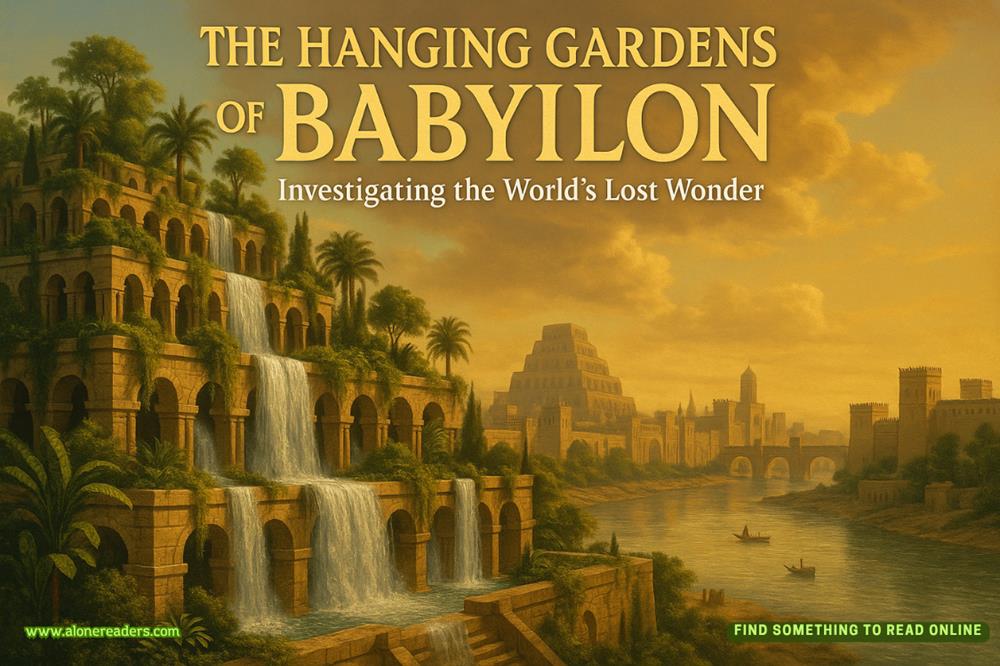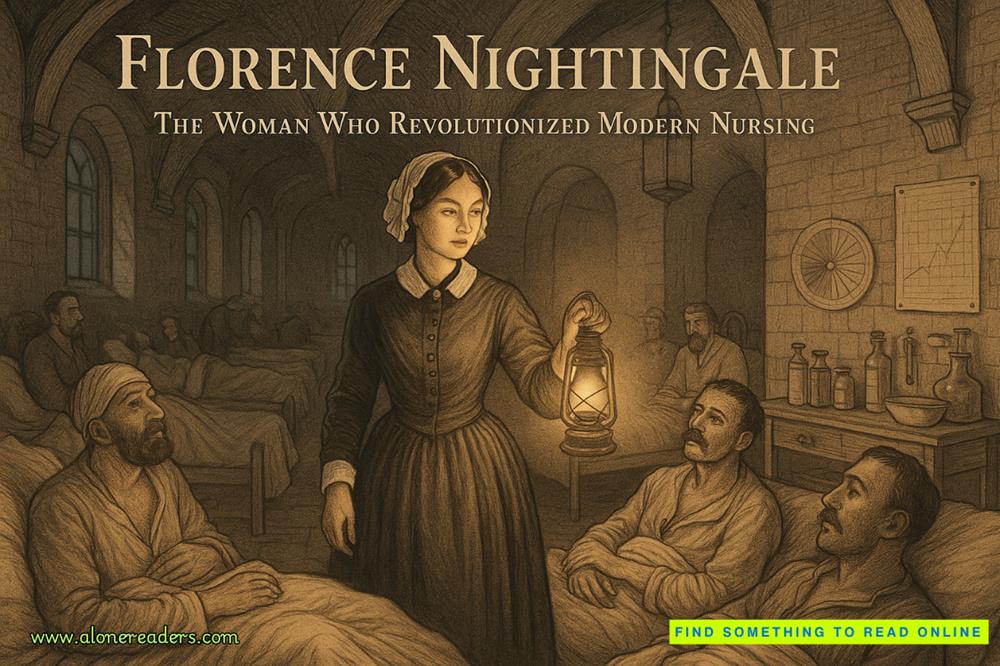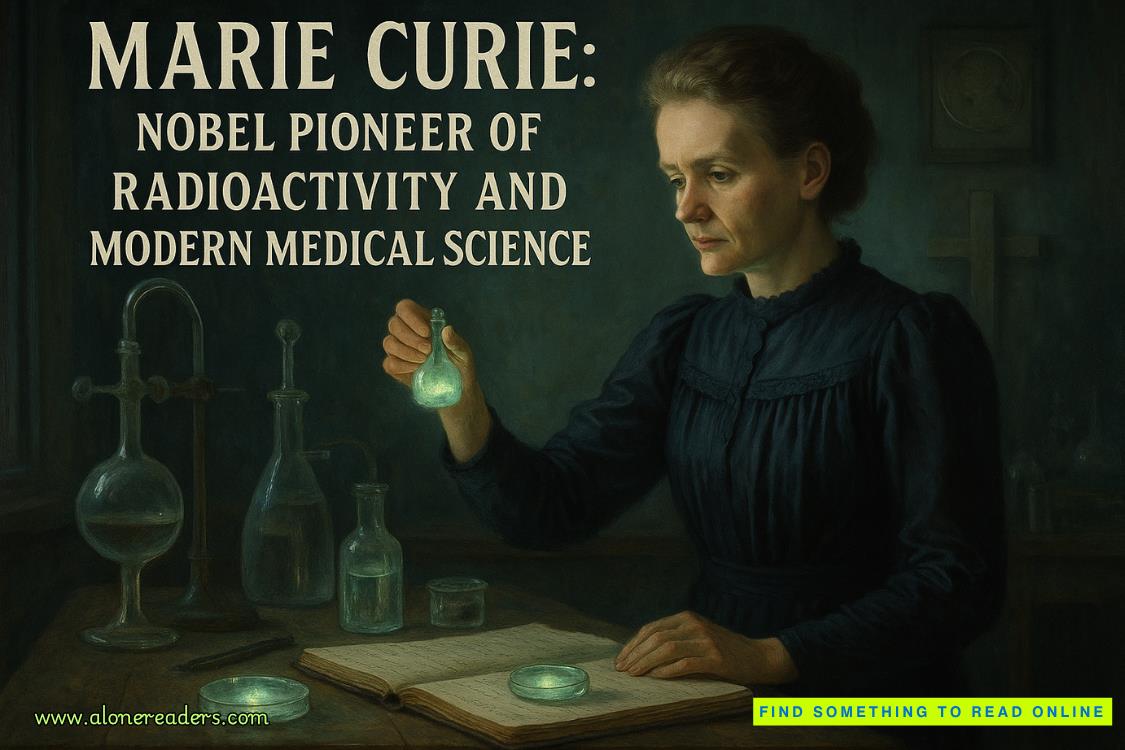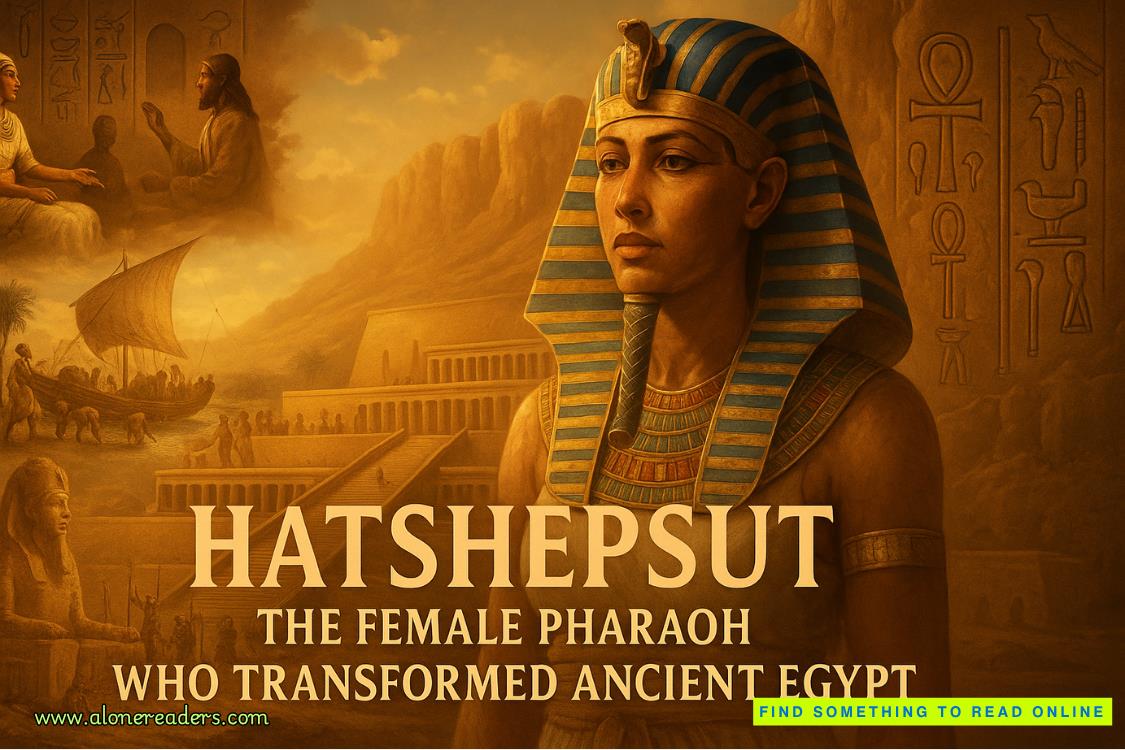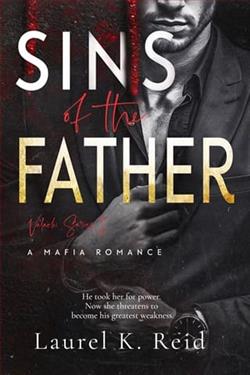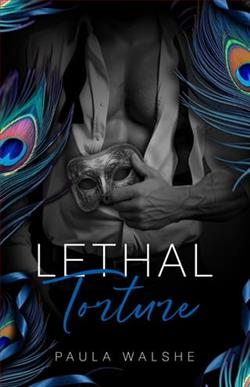Page 28 of Something Wicked (Wicked)
The core of the Colony has always been women. As a rule, they possess the strongest extra abilities and seem to be the hardiest. Mary almost seemed tuned to some inner radar when it came to picking her lovers, the fathers of her children. With surprising success, she bore mostly girls, and those girls possess extraordinary abilities, which seem to reach their zenith around puberty. Of the boys born during this time—if there were any—little is known.
The Colony has tried to live in relative isolation. People in Deception Bay are wary of them. They seem to be from some other place and time, especially after Catherine took total control, somehow wresting it from Mary. When that happened, Catherine changed everything, right down to her own and Mary’s daughters’ daily apparel. Per Catherine’s decree, they all dress as if they were from a previous century, wearing long skirts and calico prints, with their hair mostly in buns. The townies live in uneasy coexistence with Catherine and watch her closely on the rare times she deigns to go into town for supplies, mostly food and gasoline/fuel. The enlightened locals of Deception Bay consider those of the Colony merely benign oddballs, out of step with reality and the world, young women who live with their “clan.” Still, there are the dissenters, who consider them beyond weird, even evil, based on the lingering rumors of witchcraft, all the missing people, and the unexplained deaths.
The absence of men—other than the “studs,” who moved through the commune either from the bunkhouse or the Foothillers community, or were random lovers like myself—hasn’t gone unnoticed, either. There is definitely a townie element that is resentful, mistrusting, and envious of the women of Siren Song and their dark gifts.
Mary started her brood of children in 1976, when she was eighteen. They are:
1. 1976–Isad
This is where the account ends, I’m afraid. We know the eldest daughter’s name is Isadora, but the rest of Herman Smythe’s book has been lost. Older members of the historical society remember there being a leather book with notes and letters, into which this smaller, laminated volume was tucked, but it, like many things associated with the women who live at Siren Song, has gone missing.
If you have further questions, please drop by the Deception Bay Historical Society next time you’re in town. I would be happy to discuss the history of the Colony with you personally.
Joyce Powell-Pritchett
Savannah closed the book and looked across the room at Joyce, who was standing behind the desk, still watching her.
“May I ask what your interest is in the Colony?” Joyce asked.
“I’m just educating myself.”
“Has something happened that’s involved the sheriff’s department?”
Savannah assumed it was normal curiosity on the part of Joyce, but she wasn’t about to satisfy it. “Only that I’m the newest hire at the department and have the least information.”
“Ah.”
“So, no one knows what happened to the larger book that this smaller one was inside?”
Joyce sighed. “There’s even a question of its existence. The members of the historical society I referred to in my comments have not been . . . as reliable as I’d first believed. It may be that it exists, or it may be that they have it confused with Mary Beeman’s journal.”
“There’s a journal?”
“Several of Mary’s acquaintances have said so.” She stressed the word acquaintances ever so slightly.
“Thank you,” Savvy said, handing the book back and heading toward the door. She could see that she needed to put an interview with Herman Smythe on her to-do list.
“Looks like you’ll be taking a leave soon,” Joyce remarked to Savannah’s back as she pushed open the door.
“How right you are.” It was like having a neon sign that read PREGNANT flashing above her head all the time.
A few more weeks, she told herself. Only a few more weeks.
CHAPTER 8
The garden and graveyard behind Siren Song held many secrets. Catherine’s ancestors had had a very checkered existence, and sometimes when she reviewed their decisions, she wondered how she’d ever been born to such a wild and infamous crowd, and then other times she believed her very survival was because she was so clinical and cool and able to make the hard choices—the ones required after whatever newest and latest debacle occurred.
The wind was up, and she could barely hang on to her hood and cloak. She hurried along the garden pathways, then stepped gingerly into the small graveyard, bypassing slapping wet bare branches from the maples and shivering birches, which were starting to overgrow on the grounds. First, she walked to Mary’s grave, with its headstone that read MARY DURANT RUTLEDGE BEEMAN, BORN JUNE 21, 1958, DIED APRIL 13, 1995. More than one lie was mixed into that information. After staring down solemnly a moment or two, she moved down the path, glancing back toward the lodge, where the downstairs lights gleamed through the windows, piercing the afternoon’s gloom.
Mary’s real grave was toward the back of the graveyard and had been covered by several transplanted Mrs. G. W. Leak rhododendrons, which would bloom in April or May, depending on when they got their first good weather and the lush pink flowers unfurled, tiny stamens and pistils waving from their red-throated trumpets. Catherine knew Mary must have died this past spring, and after Earl had brought her body back to Siren Song, she’d planted the rhododendrons above her for a dual purpose: to honor her sister and to hide the fact that the ground in the back of the graveyard had been recently disturbed.
Currently, the rhododendrons were thick green bushes with flat, wet leaves. Catherine glanced their way but walked past them, not wanting anyone from the lodge to see her and wonder what she was doing. She knelt down at Nathaniel’s grave, kissed her fingers, and placed them to the flat headstone. He’d been a good boy. Slow, but sweet, and the victim of another’s evil intent, or so she’d always suspected. He, of the boy children born to her sister, was the only one who had been allowed to stay.
She waited another few moments, glanced back once more toward the rhododendrons, then retraced her steps to the lodge. She couldn’t give Mary’s real grave any attention without inviting a lot of questions, and she didn’t give Mary’s believed grave much attention, either, as she knew the prevailing thought among Mary’s children was that she and Mary had suffered a parting of the ways, one that had never been resolved, one that Catherine couldn’t forgive. In truth, though, yes, she and her sister had definitely suffered a falling-out, she ignored her sister’s “grave” mainly because of who lay inside the coffin.
Entering the lodge by the back door, she passed through the length of a long, narrow storeroom, and she hung her cloak upon a peg near the alcove that led to the kitchen. Row upon row of home-canned goods lined the walls: peaches, pears, green beans, tomatoes, corn. Opening the door, she entered the alcove, an anteroom that held their sewing machine and was where she and Ophelia and Isadora made their clothes. The alcove led directly to the kitchen, and when she passed through it, she found Cassandra sitting at one end of the oak trestle table, her hands folded on its smooth lacquered top.
“Where is everyone?” Catherine asked.

